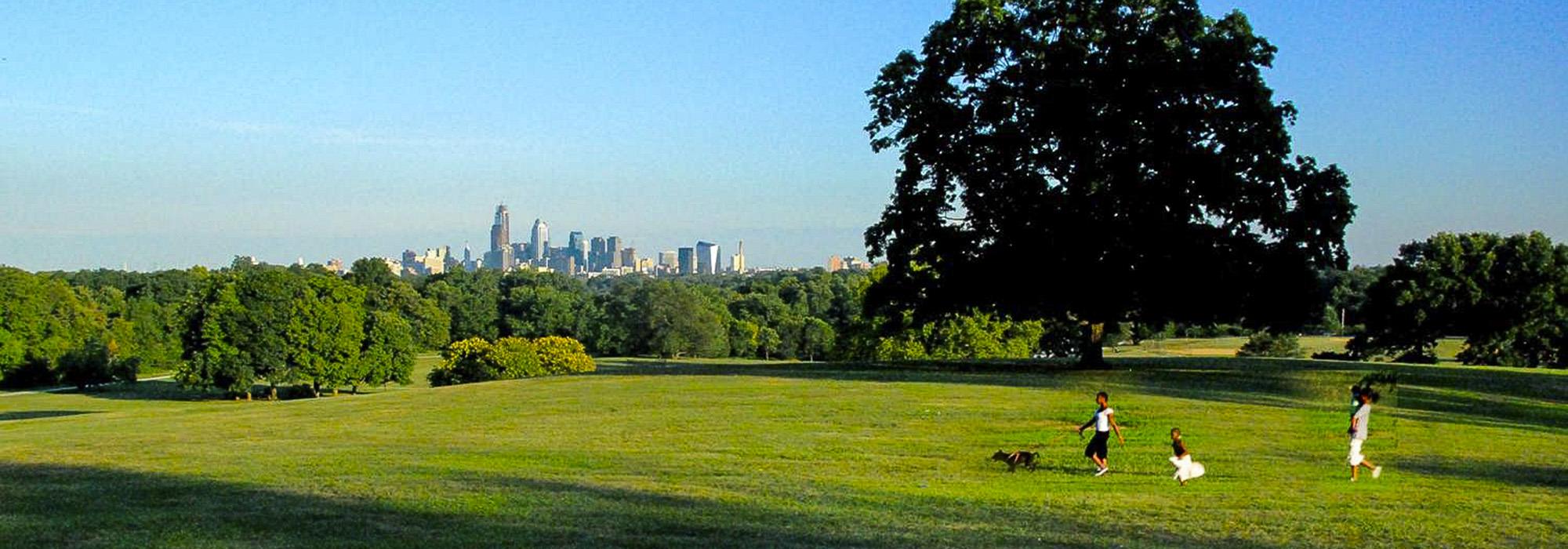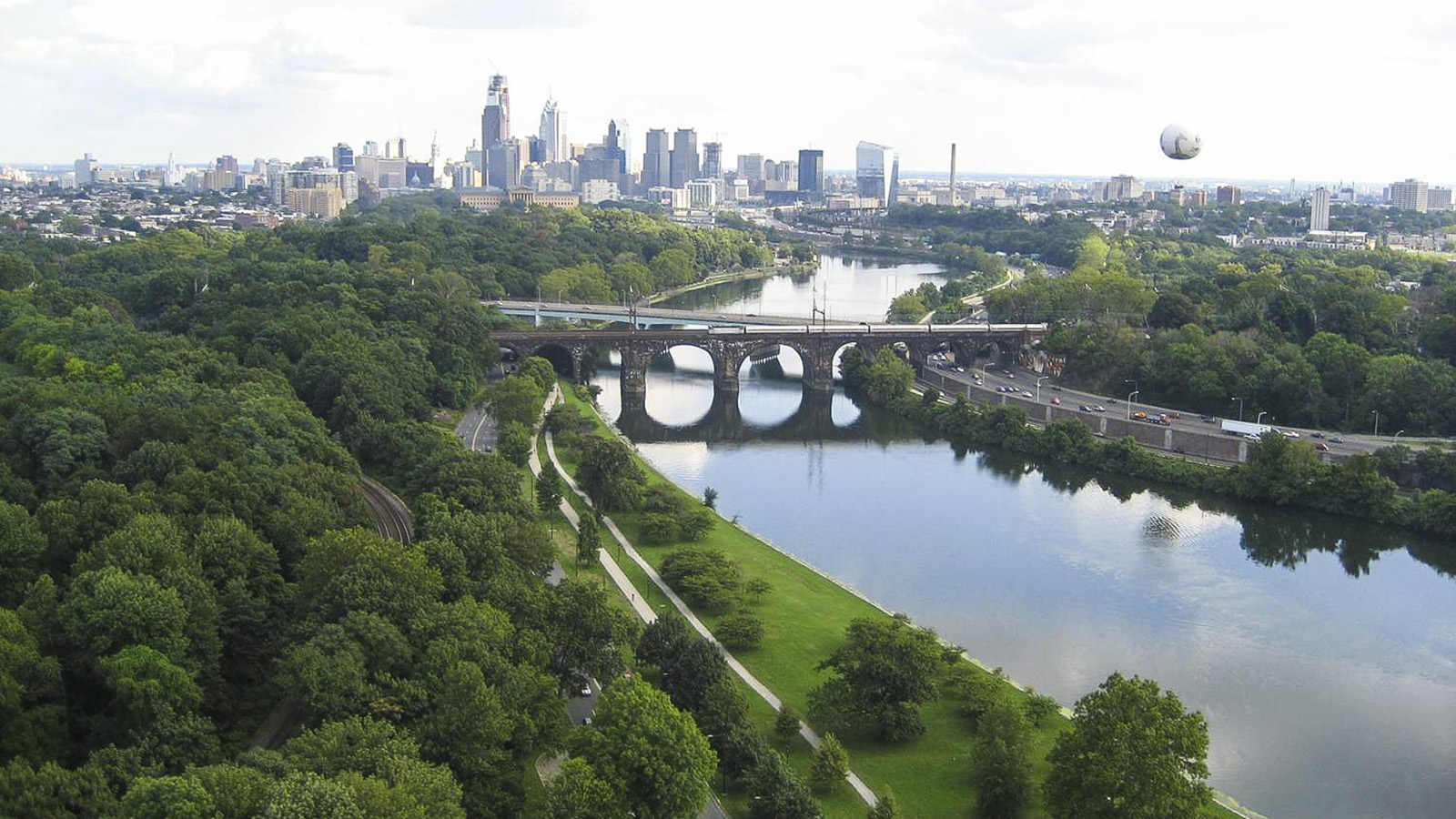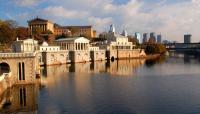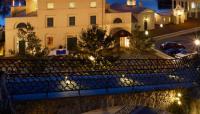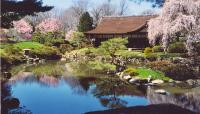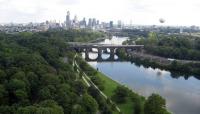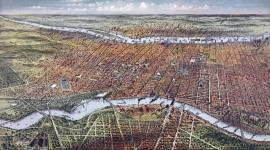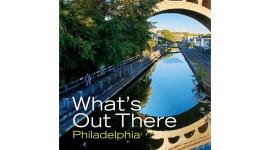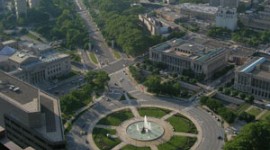Landscape Information
Bracketing the Schuylkill River in the Wissahickon Valley, this 4,100-acre municipal park is the largest in the nation. It was established in 1812 with the five-acre Fairmount Water Works. The 20-acre South Garden, designed in 1829, is considered one of the earliest formalized public gardens in the country. In 1855, the city acquired two adjacent estates to safeguard the water supply, and hired James Sidney to design park grounds in 1859. By 1868, the parklands encompassed 2,800 acres and occupied banks on both sides of the river; the park was declared public open space in perpetuity and the Fairmount Park Commission was established.
In 1874, Philadelphia’s zoological gardens opened in West Park, which also became the site of the Centennial Exhibition of 1876. Architect Hermann J. Schwarzmann created the exposition’s 250-acre site plan. Remaining exposition elements include Memorial Hall, the Ohio House, a fountain, and Centennial Lake. In 1907 the Fairmount Park Art Association commissioned an official plan for what became the Benjamin Franklin Parkway, building on an idea from the 1870s. The plan was further developed by Jacques Gréber and largely completed by 1929. In 1933 Paul Cret designed the Ellen Phillips Samuel Memorial Sculpture Garden, sited along the Schuylkill River.
In addition to athletic and recreational facilities, the park features the Centennial Arboretum, Boathouse Row, the Azalea Garden, the Philadelphia Museum of Art, and seven historic houses. It was listed in the National Register of Historic Places in 1972.



